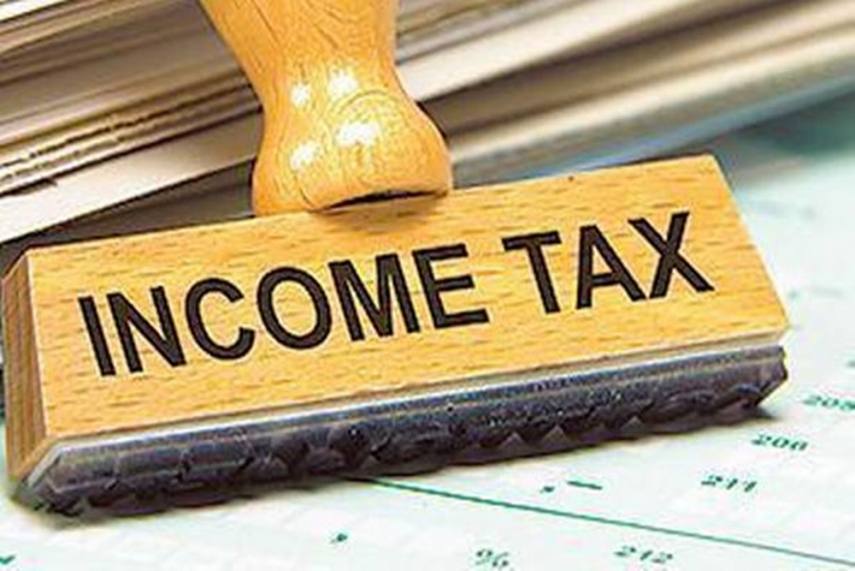
The process for e-filing Income Tax Returns (ITR) for the financial year 2023-24 (assessment year 2024-25) has commenced on the Income Tax portal. The commonly used ITR forms were made available starting April 1 to facilitate early filing. However, salaried individuals are advised to wait until June 15 to file their returns. This suggestion is based on an ET report by Preeti Motiani, which highlights that Annual Information Statements (AIS) and Form 26AS are usually fully updated by May 31, and TDS certificates are typically issued within 15 days from this date.
While some information may start appearing in AIS and Form 26AS before May 31, the data for the last quarter of the previous financial year is usually complete by that date. Filing returns based on incomplete data can lead to penalties for underreported income. Therefore, waiting until June 15 is recommended. Salaried individuals have until July 31, 2024, to file their returns.
Banks and financial institutions are required to submit a Statement of Financial Transactions (SFT) to the income tax department annually. These statements include information on transactions such as income from shares, mutual funds, dividends, and interest from various accounts. This information is then updated in the AIS, which provides a comprehensive record of an individual’s financial transactions.
For tax deducted at source (TDS) on incomes, the deductor, which can be companies or banks, has until May 31 to file a TDS return for the last quarter of the fiscal year. Although tax is deducted and deposited monthly, TDS returns are filed quarterly. Once filed, the tax deposited is reflected in Form 26AS, showing the total taxes deducted/collected against a PAN.
Abhishek Soni, CEO of Tax2Win.in, explains that until TDS/TCS returns and SFTs are filed, the information available on the income tax portal via AIS and Form 26AS is incomplete. Filing an ITR based on incomplete AIS data may result in receiving an income tax notice for underreported income.
Per income tax regulations, a deductor must provide a TDS/TCS certificate after filing a TDS/TCS return, with the deadline for issuing TDS certificates being 15 days after filing the TDS return. Therefore, employers should provide Form 16 (TDS certificate) no later than June 15.
Taxpayers should ensure the tax deducted as shown in Form 16/Form 16A matches the information in AIS and Form 26AS to avoid discrepancies. Soni states, “The income tax department can send tax notices if the information in AIS/Form 26AS does not match what is mentioned in the ITR. The tax department will allow tax credit based on what is shown in Form 26AS/AIS.”
Form 16 simplifies the filing process for salaried individuals by showing taxes deducted and total salary income. Filing incorrect income in the ITR can lead to severe penalties ranging from 50% to 200% of the tax payable on the under-reported amount. If an ITR is filed based on incorrect income information, a revised ITR can be filed by December 31, 2024. However, it is always best to file the original ITR with accurate and complete information.
In cases where no TDS has been deducted, no TCS has been collected, and the taxpayer has complete information about their total income, they may proceed with filing their ITR without waiting until June 15.